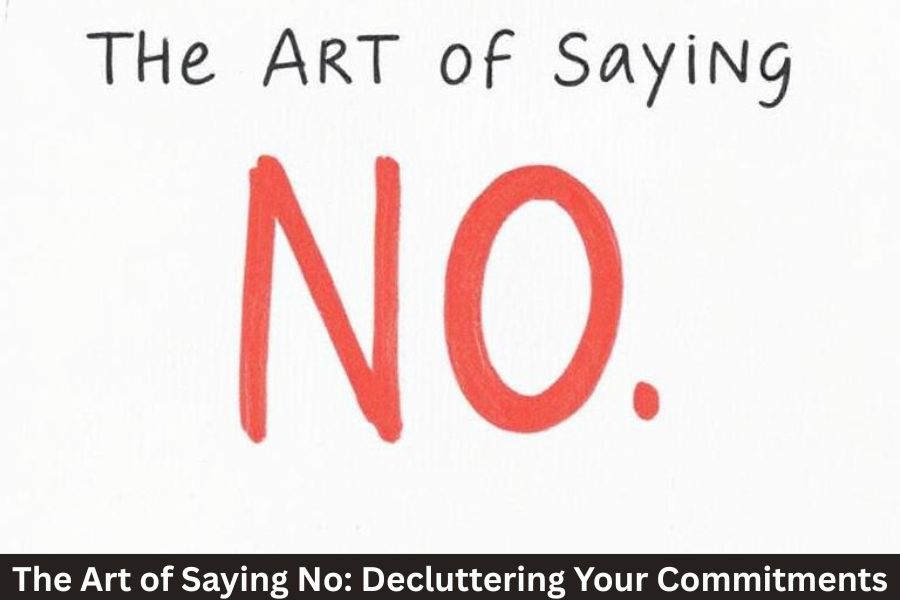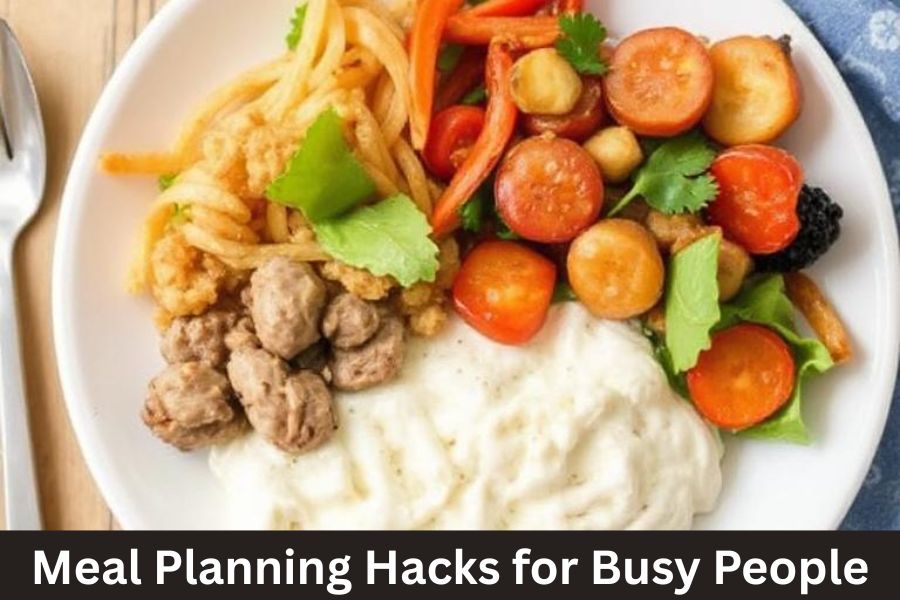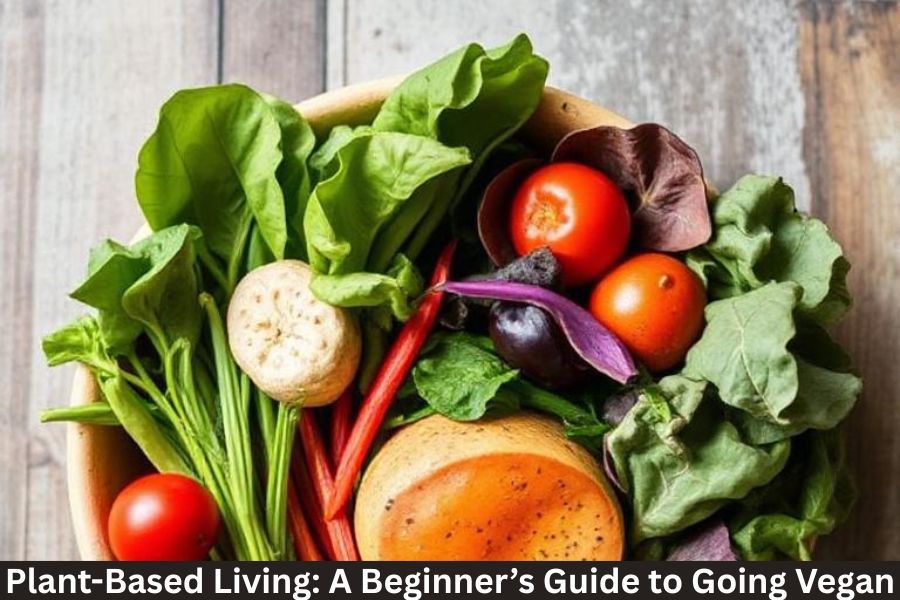In a world that celebrates hustle culture and constant availability, saying “yes” can feel like the polite—or even expected—thing to do. But constantly agreeing to every request, event, or responsibility leads to stress, burnout, and resentment.
Learning the art of saying no is one of the most powerful forms of self-care. It allows you to protect your energy, prioritize what truly matters, and create space for meaningful growth. Ready to stop overcommitting and start reclaiming your time?
This guide shows you how to say “no” with confidence and clarity—without the guilt.
Why We Struggle to Say No
Before we can change the habit, we need to understand it. Here are a few common reasons people say “yes” when they really mean “no”:
- Fear of disappointing others
- Desire to avoid conflict or awkwardness
- Worry about being seen as selfish or unhelpful
- Guilt or obligation
- Lack of clear priorities
But remember: every “yes” is also a “no” to something else—often your own needs.
The Cost of Saying Yes Too Often
Overcommitting may seem harmless at first, but it can quickly lead to:
- Burnout and chronic fatigue
- Missed personal goals
- Damaged relationships due to resentment
- A cluttered schedule with no room to breathe
- Loss of joy in even the things you once loved
Saying yes out of fear instead of alignment can sabotage your mental health and productivity.
Benefits of Learning to Say No
When you learn to say no with grace, you’ll notice:
- More time for what you love
- Deeper focus and less stress
- Healthier boundaries in relationships
- Greater alignment with your values
- Empowerment and increased self-respect
No is a complete sentence—and a life-changing skill.
How to Say No (Without Feeling Guilty)
Here’s a practical framework for saying no with confidence and compassion:
1. Know Your Priorities
Clarity is power. Before responding to any request, ask yourself:
- Does this align with my goals or values?
- Do I realistically have time and energy for this?
- What will I have to give up to say yes?
If it doesn’t support your bigger picture—say no.
2. Pause Before You Commit
Instead of answering right away, say:
- “Let me check my calendar and get back to you.”
- “I need to think it over. I’ll let you know soon.”
This gives you time to respond intentionally, not impulsively.
3. Use Clear, Direct Language
Say no firmly but kindly. Try:
- “I really appreciate the offer, but I can’t commit right now.”
- “That’s not something I can take on at the moment.”
- “Thanks for thinking of me, but I need to say no.”
Avoid overexplaining or apologizing excessively—you’re not doing anything wrong.
4. Offer an Alternative (If You Want To)
If it feels appropriate, suggest another option:
- “I can’t lead the project, but I’d be happy to contribute ideas.”
- “I won’t be able to attend, but thank you for the invite!”
Only offer what you’re truly comfortable with.
5. Practice Saying No in Low-Stakes Situations
Like any muscle, boundary-setting gets stronger with use. Practice with:
- Telemarketers
- Unwanted sales pitches
- Casual invites that don’t align
The more you say no, the easier it becomes.
Examples of Saying No Gracefully
- “I’m flattered you thought of me, but I’m focusing on fewer commitments right now.”
- “Thanks for the opportunity, but it’s not a fit for me at this time.”
- “I don’t have the capacity to do this well, so I’ll need to pass.”
- “My schedule’s full, and I’m working on honoring my limits.”
Short. Kind. Firm.
What You’re Really Saying Yes To
Every time you say “no” to something that doesn’t serve you, you’re saying yes to:
- Your peace of mind
- Your time and freedom
- Your health and well-being
- Your personal goals
- The people and projects that truly matter
“No” is an act of self-respect.
FAQs
Q1: Isn’t saying no selfish?
No. Setting healthy boundaries is an act of self-care, not selfishness. You can’t pour from an empty cup.
Q2: How can I say no at work without seeming unhelpful?
Be honest and proactive. “I’d love to help, but I’m at capacity. Can we revisit next week?” or “Can we prioritize this over something else?”
Q3: What if I hurt someone’s feelings?
Kindness doesn’t always mean agreement. Being honest and respectful is more valuable than false promises.
Q4: How do I handle guilt after saying no?
Remind yourself of what you’re protecting—your time, your health, your values. Guilt fades; burnout doesn’t.
Q5: Can saying no strengthen relationships?
Yes! Boundaries foster respect, trust, and clearer communication—not distance.



